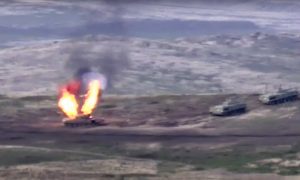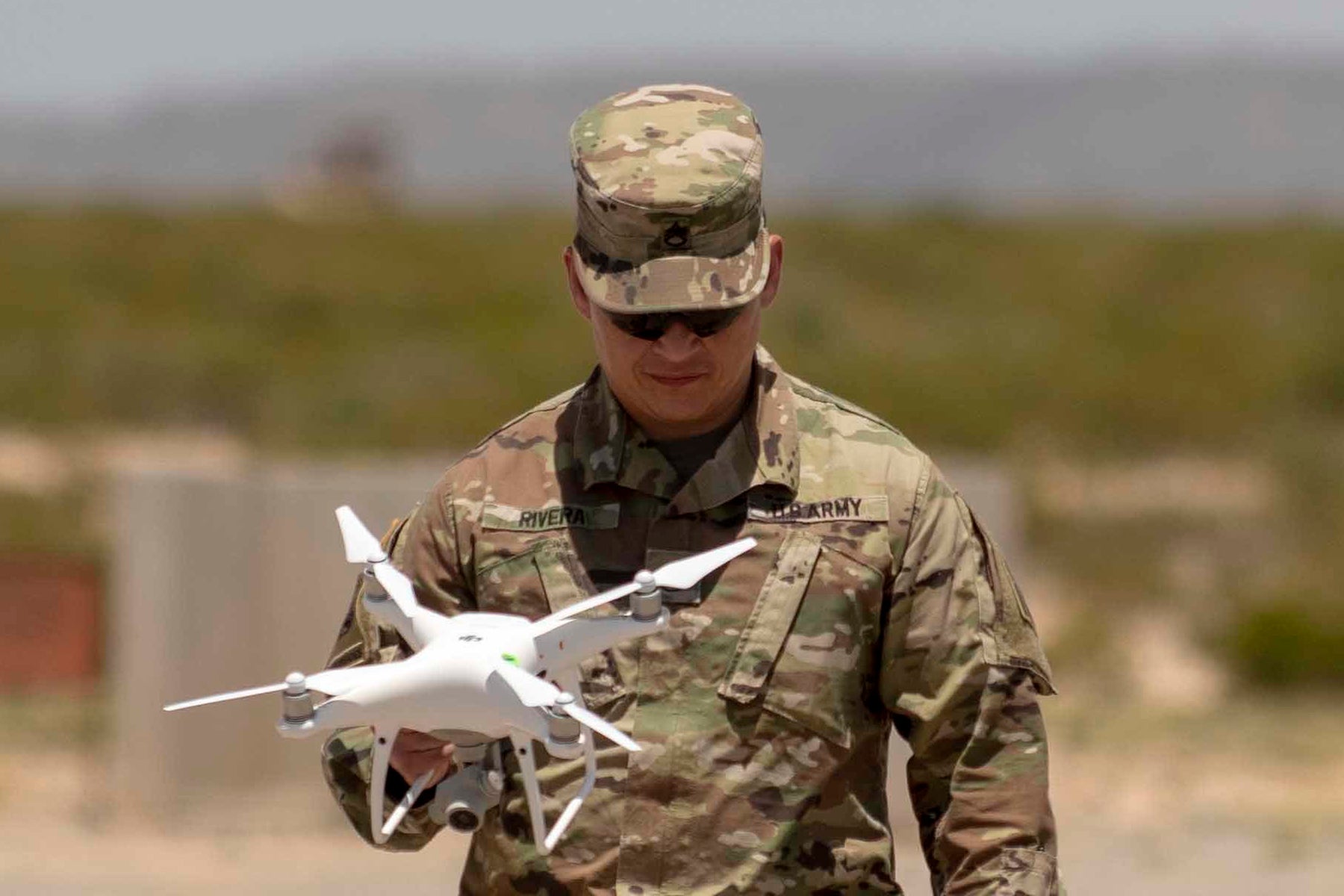by William Shriver

China has made its presence known in South Asia in 2020. Over the past few months, China-India relations have quickly deteriorated as the two nations have violently confronted each other in Aksai Chin, an intensely contested region that has had disputes since the 1950s. On the other hand, China-Pakistan relations have continued to flourish as Pakistan’s Prime Minister Imran Khan downplayed the early stages of the coronavirus in China and Pakistan. He has balanced his criticism of China because Pakistan receives billions of dollars of investment through the Belt and Road Initiative. Thus, China’s role in the region can be seen through these two parallel stories—one relationship which has come to an ugly boiling point, while the other continues to thrive under difficult circumstances. It is likely that the gap between India and Pakistan’s relationships with China will only continue to widen as both India and China seek to cement themselves as key regional actors.
The northern border of India along Chinese Xinjiang has long been a dangerous flashpoint in the region. However, India’s Prime Minister Narendra Modi and China’s President Xi Jinping came together to build the “Wuhan Spirit” and “Chennai Connect” after border disputes in 2018 and 2019. In spite of that, relations have taken a nosedive after a serious border melee in May when about 150 Indian and Chinese soldiers engaged in fistfights and verbal taunting. In June another violent faceoff occurred, this time in the Galwan Valley, with reportedly twenty Indian soldiers and forty-three Chinese soldiers being killed. This caused border tensions to rise to the highest level since 1962.
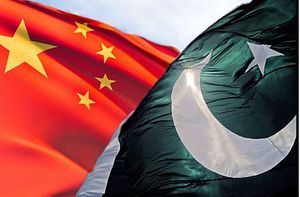
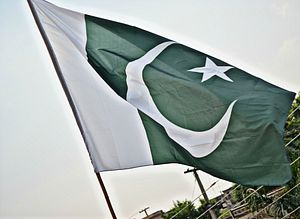


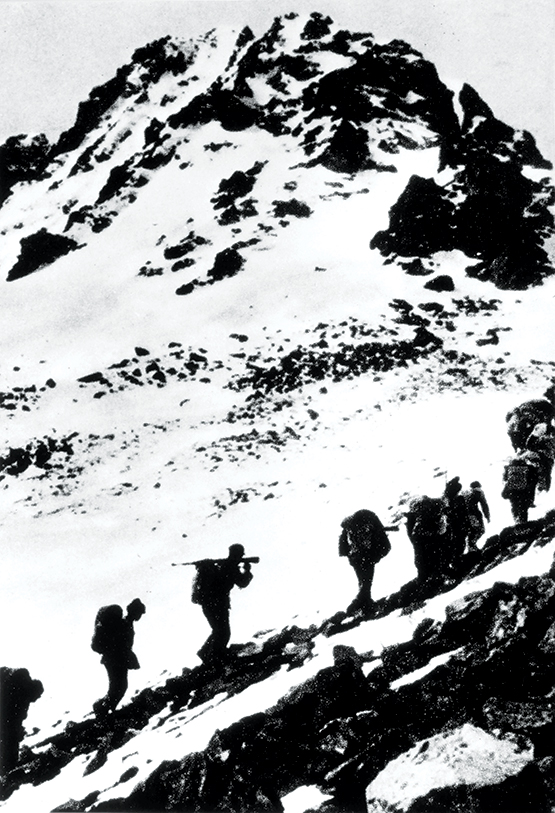

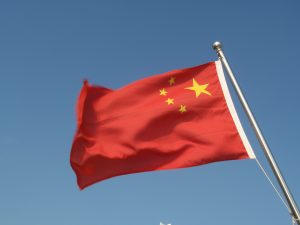



/cloudfront-us-east-1.images.arcpublishing.com/mco/4PKHZNK6WJCZPILX6LG4VY4S74.jpg)
/cloudfront-us-east-1.images.arcpublishing.com/mco/5S2NVKKRA5AVZDHOL37TA4A3SY.webp)




